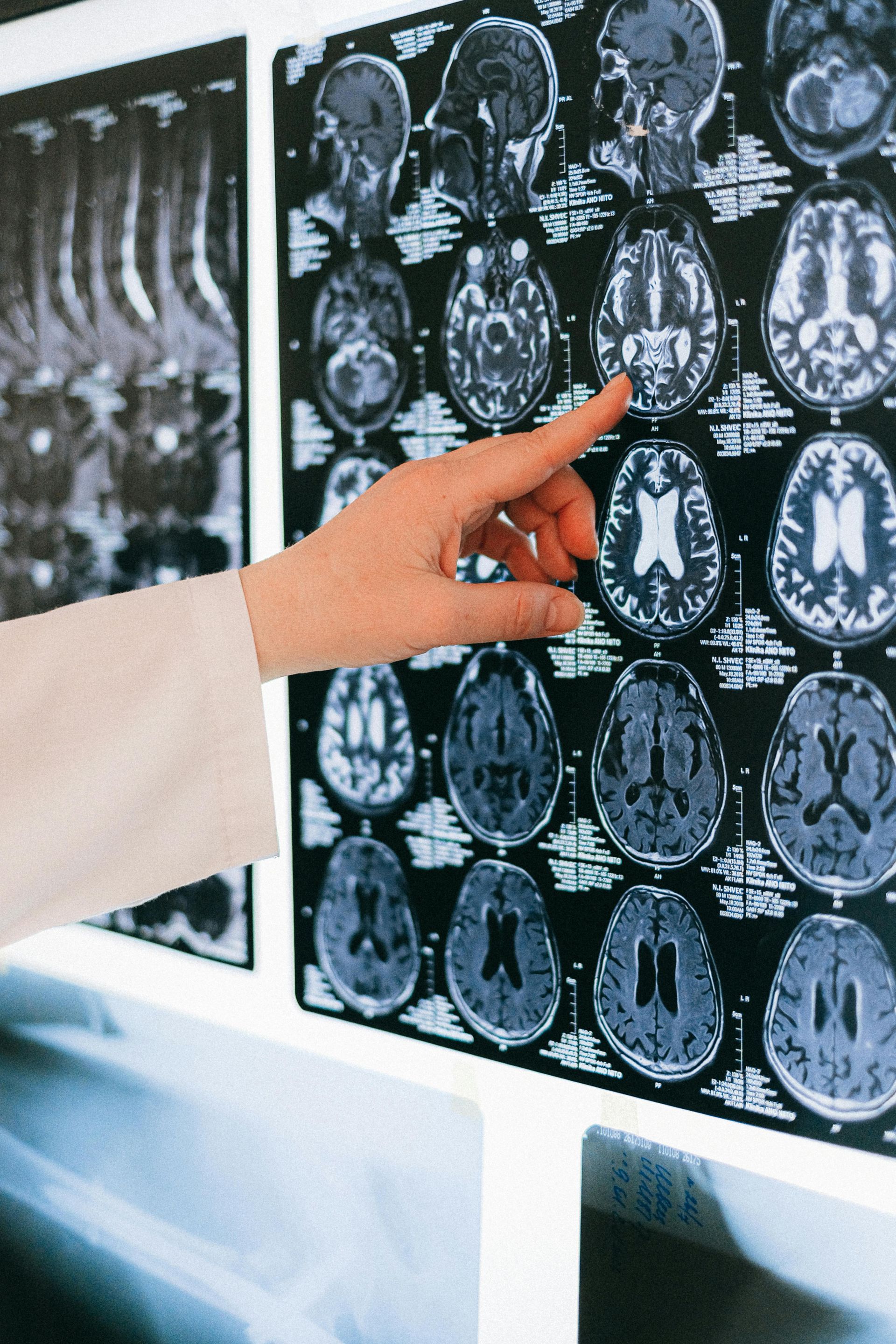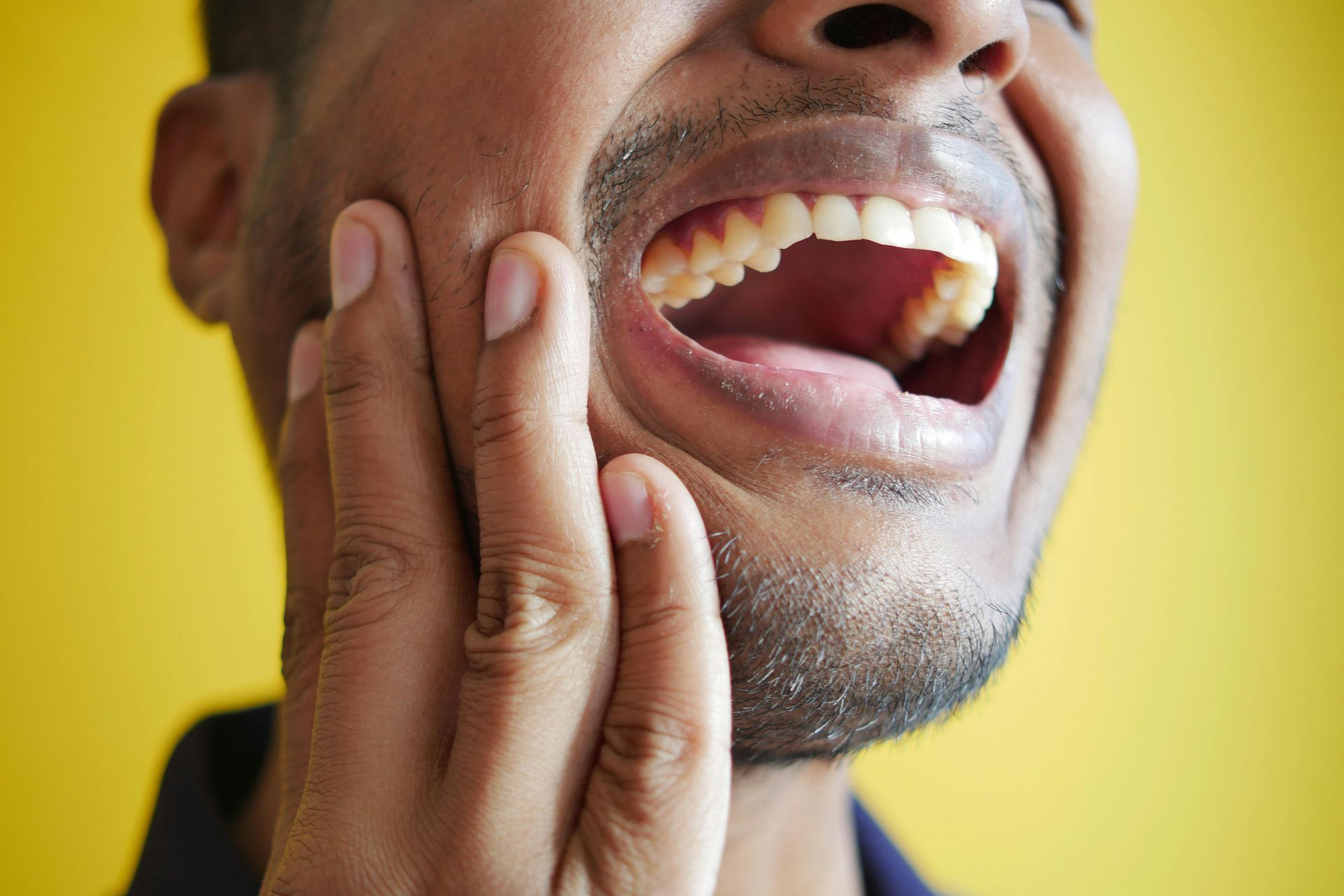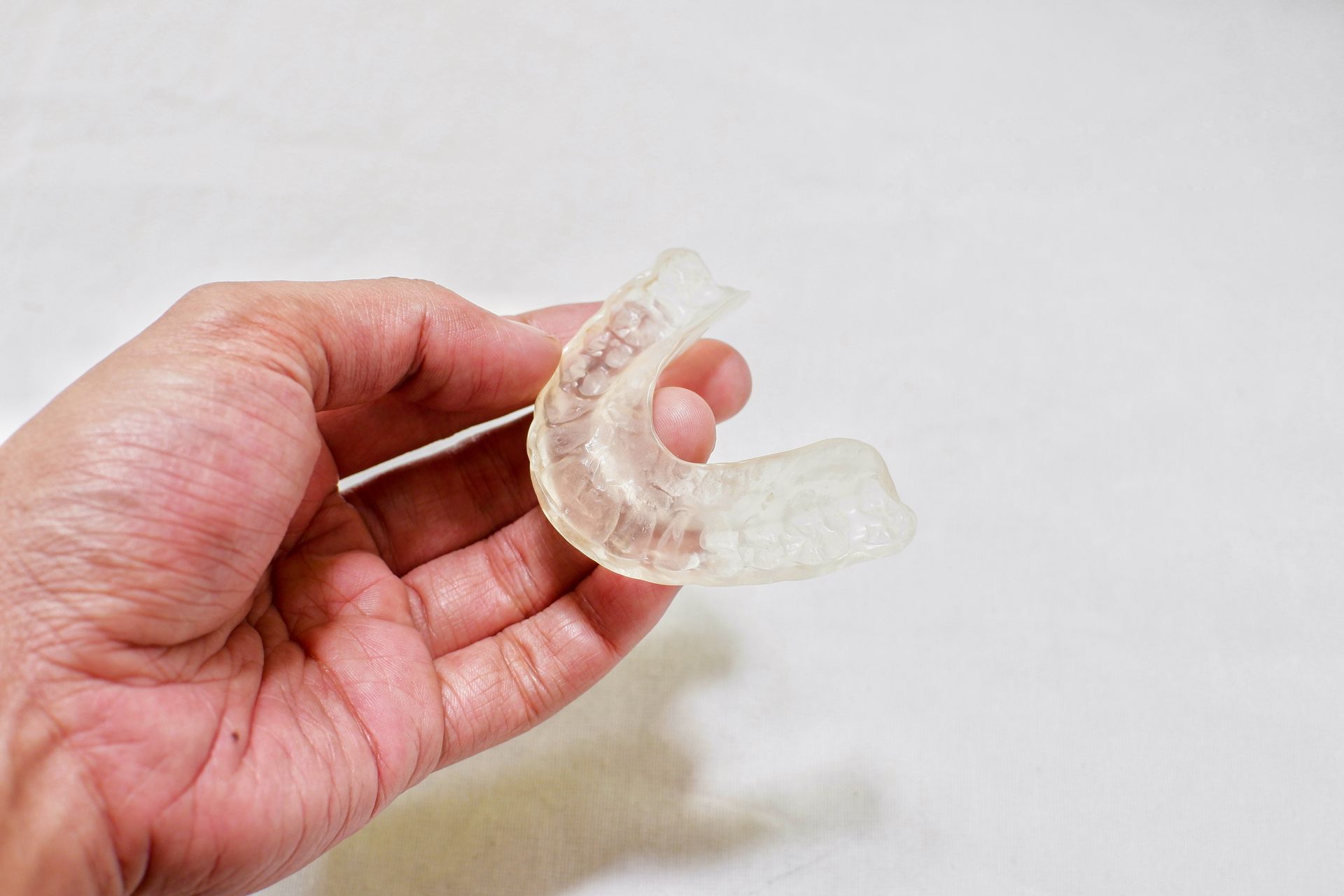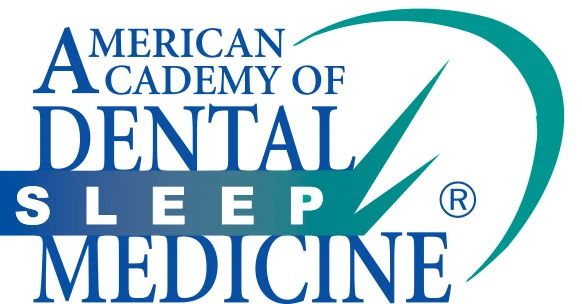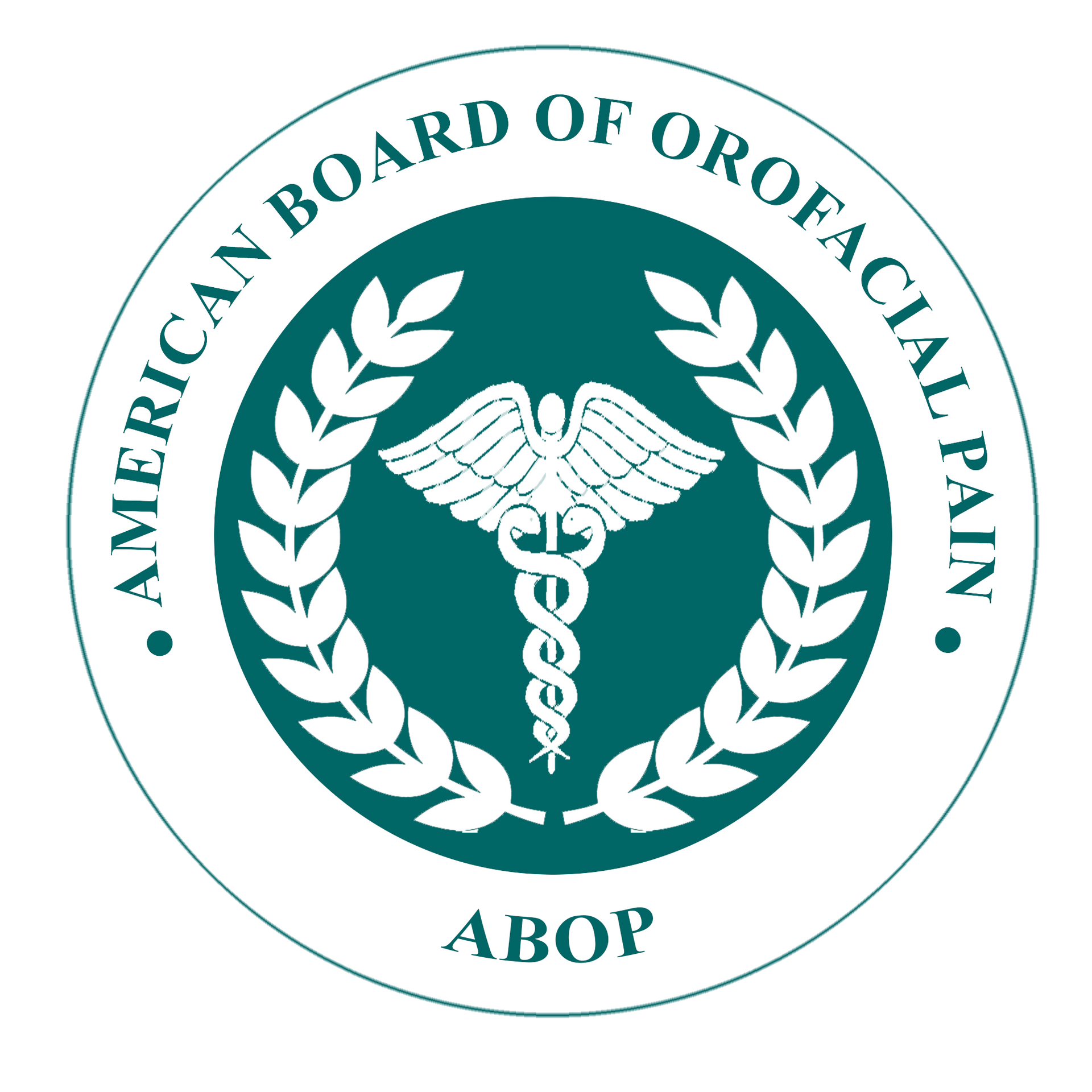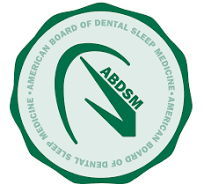When the Jaw Tells a Bigger Story: The Connection Among Hypermobility, Ehlers-Danlos Syndrome, POTS, and Temporomandibular Disorders

The Hidden Connection Between TMJ, Hypermobility, and EDS
Hypermobility, Ehlers-Danlos Syndrome (EDS), and POTS are conditions that often overlap because they stem from the same underlying weaknesses in connective tissue and the autonomic nervous system, which tend to magnify one another. The jaw is one place in the body where these connections are most clearly revealed—fragile connective tissue makes the temporomandibular joint unstable, overworked muscles drive bruxism, and the resulting pain and sleep disruption feed back into autonomic stress. What begins as jaw pain or clenching can, in some patients, be a signal of much more than a local problem. TMJ specialists, trained to look beyond the surface, are often the first to recognize when these patterns point to a broader systemic condition and guide patients toward the care they need.
Led by
Dr. Katherine S. Phillips and
Dr. YC Joseph FischerHahm, the team at
Restore TMJ and Sleep Therapy in The Woodlands, TX, specializes in diagnosing and treating
orofacial pain,
TMJ disorders,
bruxism, and sleep-disordered breathing like
sleep apnea. As experts in dental sleep medicine, orofacial pain, and integrative TMJ/TMD care, they bring sophisticated imaging, advanced diagnostic protocols, and a deeply patient-centered approach to every evaluation. Because they look beyond the jaw alone—taking careful histories, assessing connective tissue, and observing signs like jaw instability or sleep disruption—they are often among the first to suspect when TMD symptoms hint at larger systemic conditions, and can help you identify if your jaw pain is the sign of something more.
How Jaw Dysfunction Can Point to Hidden Systemic Conditions
Hypermobility, Ehlers-Danlos Syndrome (EDS), and Dysautonomia/POTS are rarely isolated problems. Instead, they tend to appear together in the same patients, forming what many clinicians now recognize as a cluster of interconnected conditions. At their core, these disorders share a common thread of connective tissue fragility and autonomic nervous system imbalance, factors that ripple outward into the joints, blood vessels, and even the jaw. Because of this, temporomandibular disorders (TMD) often become one of the first visible signs that these broader systemic issues may be at play.
Hypermobility, Ehlers-Danlos Syndrome, and the Body’s Connective Framework
Generalized joint hypermobility is fairly common, especially in children and women. On its own, it may simply mean “loose joints.” But when hypermobility leads to pain, frequent subluxations, or systemic complications, it becomes part of a broader diagnosis such as Hypermobility Spectrum Disorder (HSD) or hypermobile Ehlers-Danlos Syndrome (hEDS).
Ehlers-Danlos Syndromes (EDS) are a group of hereditary connective tissue disorders, most often involving defective collagen. This fragile foundation means joints are overly flexible but also unstable, skin may be soft and easily bruised, and musculoskeletal pain is common. When the connective tissues cannot provide the usual mechanical support, the body is left vulnerable to instability, pain, and widespread dysfunction.
Dysautonomia, POTS, and Nervous System Compensation
This structural fragility doesn’t stop at the joints. Connective tissue also makes up the walls of blood vessels. In hypermobile and EDS patients, those vessels may be too elastic to properly support blood pressure regulation. The result is dysautonomia—malfunction of the autonomic nervous system, which governs involuntary processes like heart rate, digestion, and circulation.
One of the most common forms seen alongside hEDS is Postural Orthostatic Tachycardia Syndrome (POTS). When someone with POTS stands, blood pools in the lower body instead of returning efficiently to the heart and brain. To compensate, the heart races, causing dizziness, palpitations, fatigue, and even fainting. Research shows this is not just a chance association: more than half of people with POTS demonstrate generalized hypermobility, and roughly one-third meet criteria for hEDS. The link is thought to arise from the same connective tissue weakness that destabilizes joints also impairing vascular tone.
The Jaw as a Microcosm of Connective Tissue and Autonomic Imbalance
The temporomandibular joint (TMJ) is one of the body’s most complex joints, designed to balance strength and flexibility through constant chewing and speaking. In hypermobility or hEDS, fragile connective tissue makes the TMJ unstable, predisposing it to temporomandibular disorders (TMD) such as pain, popping, restricted movement, or even dislocation. To stabilize the joint, surrounding muscles often overwork, leading to fatigue and bruxism—clenching or grinding that further strains the jaw and surrounding structures.
These stresses don’t remain local. Jaw pain, microtrauma, and muscle tension frequently disrupt sleep, while poor rest heightens pain sensitivity and perpetuates bruxism. At the same time, the body’s autonomic nervous system—already strained in conditions like dysautonomia/POTS—may amplify the cycle, as sympathetic overactivation worsens muscle tension, sleep fragmentation, and fatigue. The result is a reinforcing loop where connective tissue instability, nervous system compensation, and TMJ dysfunction continually feed into one another.
Why Coexistence is Common and Why it Matters in a Clinical Setting
The connective tissues that weave through the body—from jaw joints to blood vessels to skin—all rely on the same structural proteins like collagen and elastin. When those proteins are fragile or dysfunctional, the effects ripple outward, touching nearly every system, from musculoskeletal stability and vascular tone to sleep regulation .
Here are some examples of how these conditions interact in the body:
- Weak connective tissue leads to lax joints and instability in the jaw, leading to TMD and bruxism.
- Loose, fragile blood vessels cause orthostatic intolerance and POTS.
- Chronic pain and poor autonomic regulation disrupt sleep architecture and the nervous system’s regulation of sleep.
Each of these problems amplifies the others: poor sleep worsens pain, increased pain fuels muscle tension and bruxism, and heightened strain on the nervous system accelerates autonomic imbalance.
Although hypermobility, Ehlers-Danlos Syndrome (EDS), and POTS fall into different medical categories—connective tissue disorders on one hand, autonomic dysfunction on the other—they rarely exist in isolation and frequently overlap. The same structural weakness that destabilizes joints in hypermobility and EDS also impairs circulation, forcing the autonomic nervous system to compensate for poor vascular tone and leading to the development of dysautonomia and POTS. This shared foundation is why researchers now regard them not as separate conditions but as a triad of interrelated syndromes that feed into one another.
The TMJ serves as a window for understanding the overlap of these systemic problems. Because the joint depends on a delicate balance of stability and mobility, it is especially vulnerable to the effects of weak connective tissue. Patients often develop temporomandibular disorders (TMD) and bruxism as the muscles attempt to stabilize the joint, which, in turn, heighten pain, disturb sleep, and aggravate autonomic imbalance. The cycle is self-reinforcing: weak connective tissue sets off mechanical and vascular problems, the nervous system strains to adapt, and dysfunction reverberates through pain perception and sleep regulation. For many patients, jaw pain, clenching, or disrupted sleep becomes the first visible sign of this broader systemic story.
What makes this overlap even more significant is how common it is. For example:
- Studies suggest that hypermobile EDS or Hypermobility Spectrum Disorder may affect as many as 1 in 500 people, far more than once believed.
- TMD is reported in up to 100% of EDS patients
- One-third of those with POTS meet criteria for hEDS and more than half show generalized hypermobility.
These numbers reflect a pattern of comorbidity, not coincidence. In a clinical setting, this means that a patient presenting with jaw pain or grinding may be signaling something much larger than a local problem.
TMJ specialists, especially those attuned to connective tissue disorders, are often in a unique position to recognize these connections early and guide patients toward the comprehensive care they need.
How Treating TMD Can Make a Difference
Addressing dysfunction in the temporomandibular joint doesn’t just relieve jaw pain; it can also help interrupt the cycle that links hypermobility, Ehlers-Danlos Syndrome (EDS), dysautonomia/POTS, bruxism, and sleep disorders. By stabilizing and realigning the jaw, reducing muscle overwork like clenching and grinding, and improving sleep quality, comprehensive treatment for TMD can lower autonomic stress and ease strain on the nervous system. This then makes it easier for patients to engage in physiotherapy and other supportive care, helping reduce subluxations, improve posture, and manage pain more effectively across the body.
TMJ specialists focus first on jaw mechanics and comfort, but their assessments often reveal much more. In hypermobile patients, for example, they may identify:
- Jaw joints that move beyond normal boundaries.
- Poor stability or frequent subluxations/dislocations.
- Excessive wear patterns from chronic bruxism.
- Neck fatigue or crepitus, hinting at cervical involvement.
These signs can be early indicators that TMD is part of a broader systemic issue. While TMJ specialists may not diagnose connective tissue or autonomic disorders themselves, they are often the ones who recognize the red flags. With appropriate referrals to rheumatology, cardiology, or genetics, patients can access the multidisciplinary care they need. In this way, treating TMD becomes more than symptom management—it serves as an important entry point into breaking the cycle of instability, pain, and autonomic imbalance.
When Jaw Pain Is More Than Just Jaw Pain
For most patients, jaw pain, clicking, or clenching seems like a localized problem. But for TMJ specialists, certain patterns can signal something much larger. These clinicians are trained not only to evaluate the mechanics of the jaw but also to connect symptoms with possible systemic causes. Subtle findings during an exam—such as excessive joint laxity, unusual wear on the teeth, or unexplained fatigue—can raise suspicion that temporomandibular disorders (TMD) are part of a broader picture involving connective tissue or autonomic dysfunction.
Certain patterns in a patient’s history or symptoms that could signal that jaw problems are part of something more systemic might include:
- Recurrent jaw dislocations in a patient with overly stretchy skin or frequent bruising may suggest EDS.
- Bruxism that flares with minor postural changes, or jaw pain accompanied by chronic dizziness, might reinforce suspicion of POTS.
- Sleep disturbance, fatigue, and neck pain alongside jaw dysfunction can reflect broader autonomic instability.
During their assessments, TMJ specialists often look for hypermobility in other joints, signs of muscle overcompensation in the neck and shoulders, or vascular symptoms that don’t align with a straightforward jaw diagnosis.
Beyond the physical exam, a TMJ specialist may also ask targeted questions such as:
- Do you ever feel faint or notice a racing heartbeat when standing?
- Have your shoulders, knees, or other joints ever slipped out of place?
- Do you bruise easily, or does your skin stretch more than usual?
- Do you wake unrefreshed, even after what should be a full night of sleep?
These questions and observations help identify when jaw pain is not just a mechanical problem but a red flag of potential hypermobility syndromes, EDS, or dysautonomia. In these cases, the TMJ specialist often becomes the first provider to guide a patient toward further testing and a comprehensive care plan.
Discover if Your Jaw Pain Means Something More at Restore TMJ and Sleep Therapy
At Restore TMJ and Sleep Therapy, Dr. Katherine S. Phillips and Dr. YC Joseph FischerHahm understand that jaw pain is sometimes more than just a local problem; it can be a clue to larger health concerns. As experts in TMJ and orofacial pain, they look beyond the surface to identify when symptoms may point to broader systemic conditions, helping you get the answers and relief you need.
If jaw pain is interfering with your life,
schedule a consultation today and take the first step toward lasting comfort and better overall health.
-2700x842-1920w.png)





